Welcome to the fourth industrial revolution.
Back in 2010 I built a technology company and achieved investment which made it into a £1M in less than two years. Together with the team of developers we had a daily stand-up scrum, because the developers worked to Agile methodology.
Fast-forward 10 years and the term “being agile” is now being used in business by teams who are not tech developers, everything from operations, sales, marketing and project management. A combination of technologies fast becoming commonplace is changing the way we live, work and interact. This means that organisations that want to create, innovate and collaborate to survive and thrive will need to think and work smarter.
That’s just one of the reasons why I’ve recently become a certified Agile leader @CAL.
Leadership agility has been one of my main themes for a while now, so it made sense to get this certification. I want to share with you some of the key aspects of what that means for thought leaders, but first I’ll talk a bit more about being agile, and why it matters in today’s digital world.
Why does being agile matter so much in the fourth industrial revolution?
The term ‘fourth industrial revolution’ is being used by CEOs, policymakers and across industry. It refers to technological developments in our digital age – including artificial intelligence (AI), the internet of things, big data and blockchain – which are changing the way we live and work. Technology and human life are merging, causing drastic changes to the way that we interact, and transforming society. And technology is changing faster than ever.
So perhaps it’s not surprising that, though the fourth revolution is widely recognised, many companies, and even governments, are struggling to keep pace.
That’s why adopting Agile methodology is so important. It’s the only way many organisations have to keep up, and to take advantage of all technology has to offer.
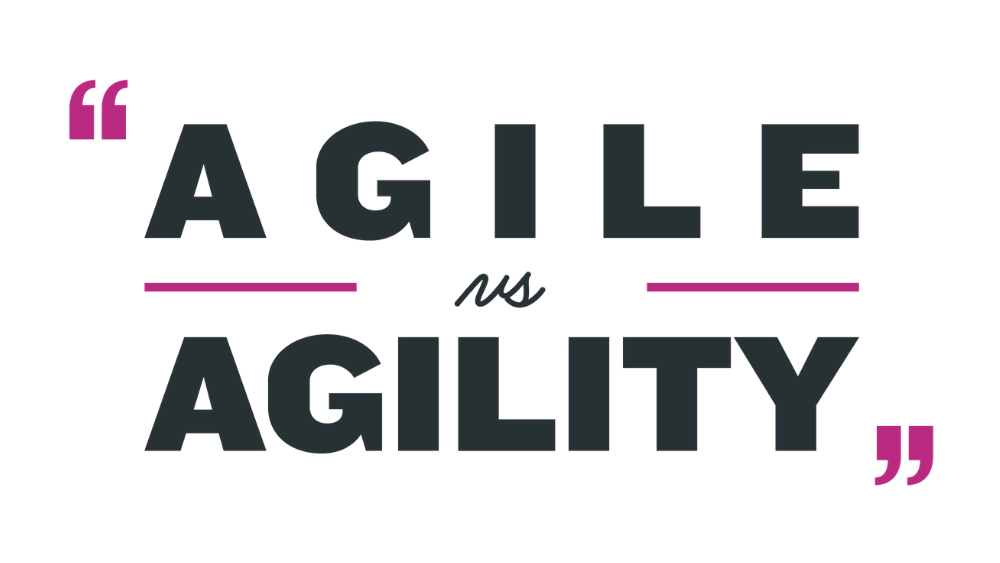
What does being Agile really mean?
To begin with, let’s look at the Three Laws of Agile.
1. The law of the small team
This is the first universal characteristic of Agile organisations. Work is done by small, cross-functional teams, operating in short cycles, focussing on small tasks and getting continuous feedback from end users.
Teams, even small teams aren’t news, of course. Like me and my developers, you may have experienced, at some point, working in a small group that seems to meld together and flow as though it has developed a mind of its own. But this hasn’t been the norm for many organisations coming out of the 20th century. Hierarchical, bureaucratic structures meant that people worked on small pieces of the whole, reporting endlessly upwards and often completely isolated from the end user (otherwise known as the customer).
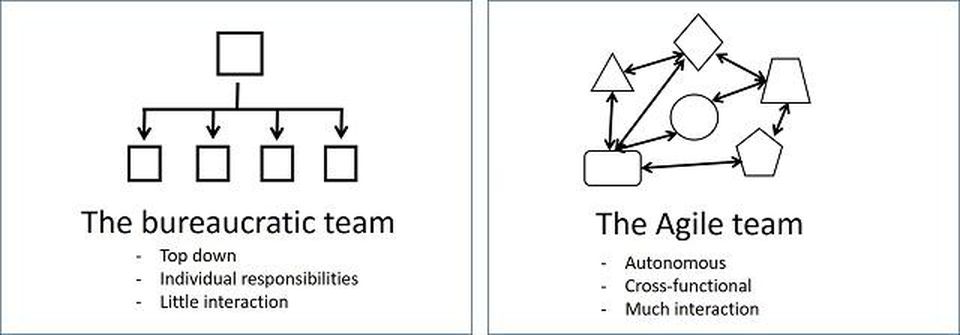
The result is detached, uninvolved workers – lacking in the motivation essential for an organisation’s long-term competitiveness and survival.
With Agile teams, there’s no single ‘boss’. Cross-functional teams operate on a fully engaged basis, with complete engagement.
2. The Law of the Customer
The second principle of Agile organisations is total focus on delivering value to customers. In the digital age, thanks to new technology and access to global markets and information via the internet, the customer has become the ‘boss’. With more information, more choices and the ability to connect with other customers, they demand more value and seamless service. It’s no longer enough for organisations to listen to feedback, they are expected to act on it, and act fast. If what you’re offering doesn’t meet your customers’ expectations, they won’t wait for a bureaucratic, top-down organisation to fix the problem in a year or two. They’ll go elsewhere.
In a traditional organisation, serving the customer can only be done within the constraints of internal systems and processes.
This is where Agile comes in.
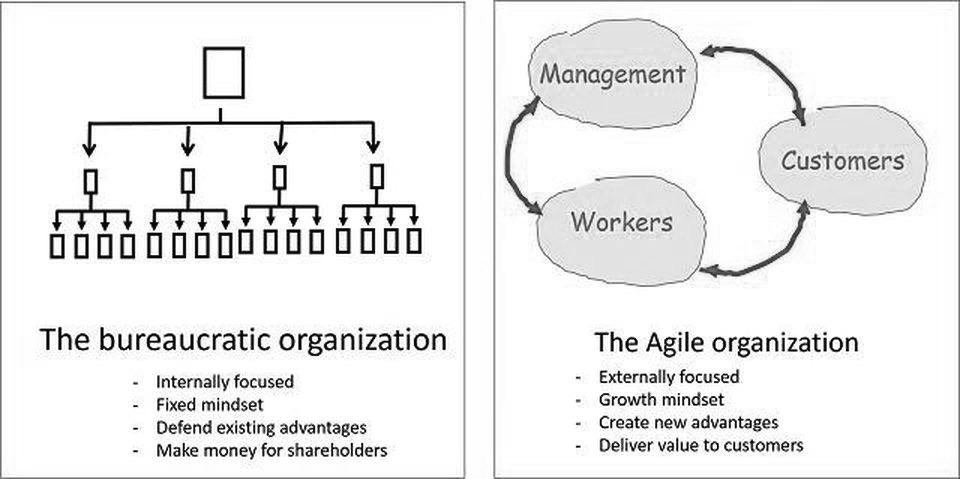
In an Agile organisation, everyone is in touch with the customer, and can see how their work is adding value – or if it isn’t. Everything is focussed on generating new value, and anything that doesn’t achieve this can be scrapped.
3. The Law of the Network
Agile organisations view themselves as transparent and fluid – a network of collaboration focused on the customer. In traditional organisations, this might have been true of individual teams, but the crucial distinction with Agile is that this view encompasses the whole business. If you have teams focussed on customer value, but operating within a top-down bureaucracy focussed on cost-cutting or share prices, or where collaboration between teams is problematic, it’s not Agile.
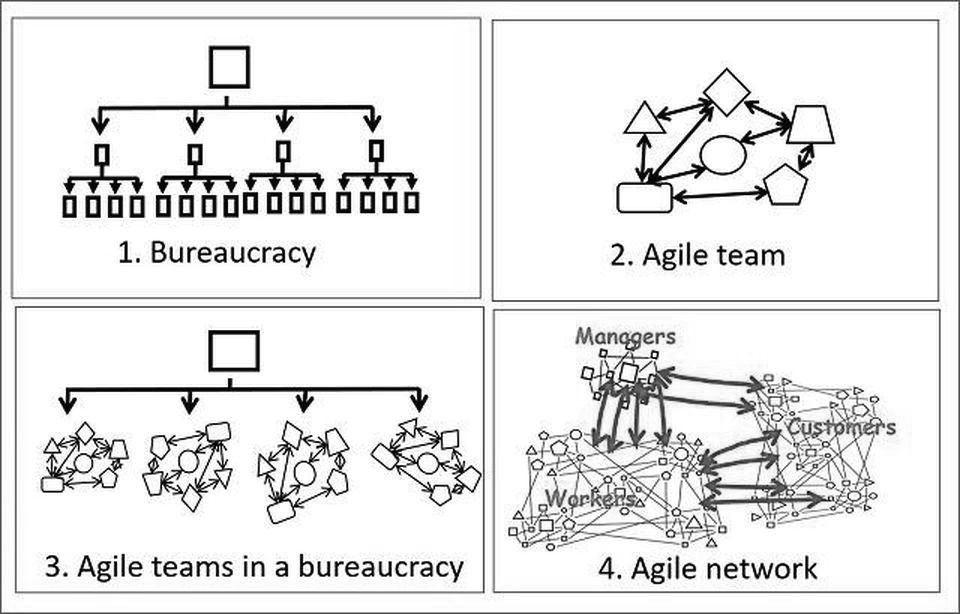
How to achieve a complete “being agile” organisation is one of the toughest challenges businesses face. Traditional top-down business models are slow to manoeuvre – the old oil tanker analogy.
In an Agile organisation, instead of having to turn the whole machine around, you have a network of small, high-performance teams that each have ownership and can take the initiative without waiting for a directive from the top. Because the whole organisation shares a common mindset, they can collaborate with other teams to deliver customer value, and move fast.
This doesn’t mean there is no hierarchy within an Agile organisation. Far from it. But it’s a hierarchy of competence rather than authority. Cross-functional senior management still has the job of setting the organisation’s direction. But accountability is different. It’s no longer about pleasing a ‘boss’. It’s about whether you’ve added value for the customer. And, in contrast to a traditional bureaucracy, Agile organisations offer few places to hide!
How does a successful transformation happen?
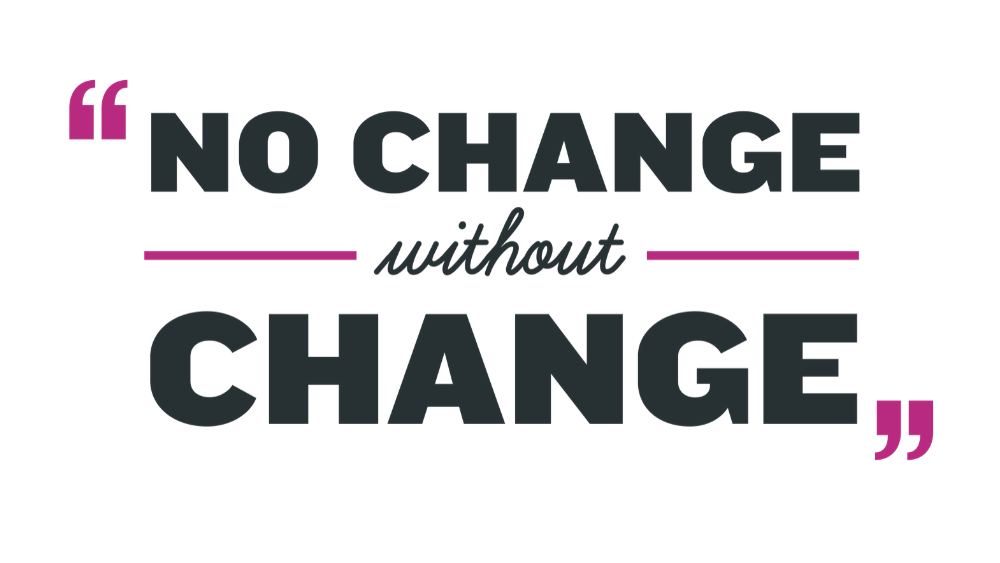
When you examine an Agile organisation, it becomes clear that employees across the company share responsibility for business success. Although their engagement is crucial, it’s also essential for Agile transformation to be driven at C-suite level. And for this to happen, there is no change without change and executives first need both to adopt an Agile mindset themselves and to be prepared for an uphill struggle.
Agile sheds light on every aspect of an organisation. Departmental processes, inter-departmental politics and a siloed structure impede progress and stifle innovation. So CEOs need to be prepared to have difficult conversations, and potentially restructure. But the rewards can be great – increased productivity, better maneuverability, and rapid growth.
Developing yourself as an Agile Leader
Agile Leadership effectiveness can be categorised into three levels:
- Expert
- Achiever
- Catalyst
At each level, your effectiveness in three core capacities expands:
- Time perspective and systems perspective
- Empathy and curiosity
- Self-awareness and intent
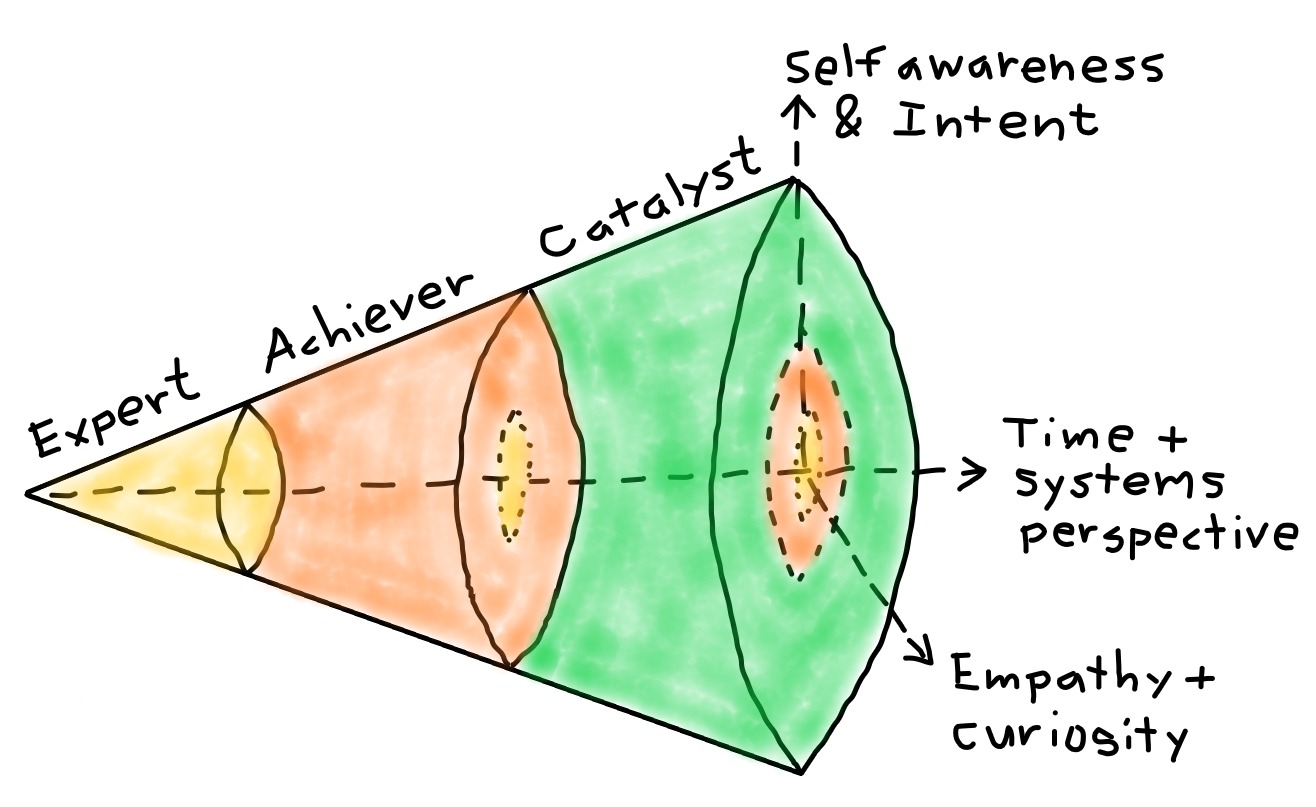
As an Agile leader, there are four key competencies that you need to hone in order to be effective:
- Context-setting agility
- Stakeholder agility
- Creative agility (creative problem solving)
- Self-leadership agility
There is a number of tools you can use as a leader to drive Agile transformation in your organisation. In essence, though, you need the ability to adjust your focus from big picture to detail, zooming in and out as necessary:
- Begin with a focus on what is important
- Zoom out to get a broader perspective on the issues (time frame, systems, stakeholders, curiosity, self-awareness of intent)
- Zoom in on the detail to engage and take action
Using VUCA to achieve focus
VUCA is a managerial acronym first used in the 1980s (and used by the US military) to address challenging situations. It stands for:
- Volatility – there’s an unexpected or unstable challenge, possibly of unknown duration – for example a price fluctuation or supply-chain issue
- Uncertainty – change is possible, but not a given, although the basic cause is known
- Complexity – a situation with many, interconnected variables, where the information available is challenging to process
- Ambiguity – ‘unknown unknowns’ where cause and effect are completely unclear
It is a great tool for Agile leaders to use for assessing challenges and creating focus.
Here’s an example from my recent @CAL programme:
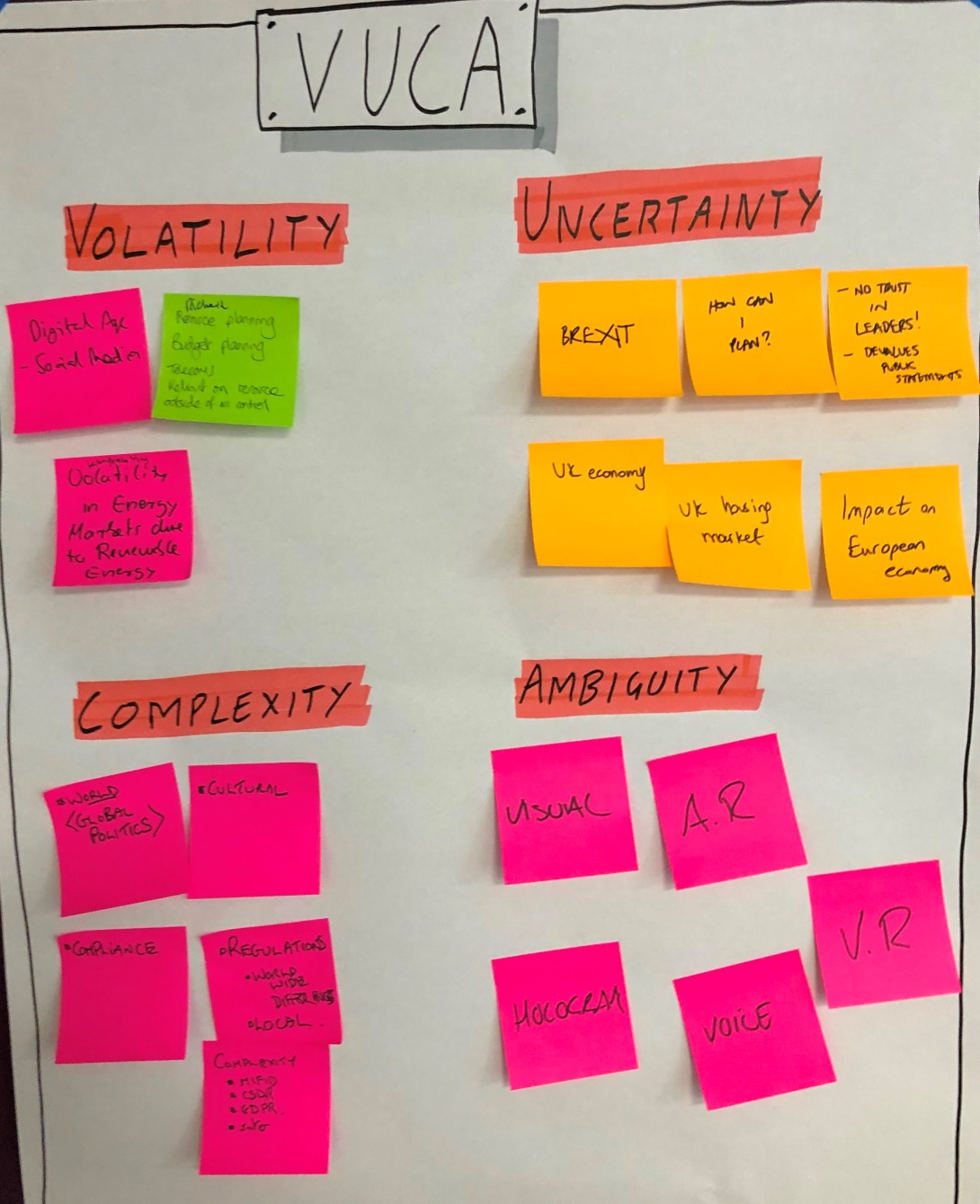
How Agile works in practice– Spotify
ScrumAlliance has a great case study which looks into how Spotify has made Agile work.
Spotify was built on Agile methodology from the start. It operates in small teams, called ‘Squads’ each designed to feel much like a start-up. Each squad is co-located and contains all the skills and resources needed to bring a product to release, including a dedicated Agile coach. The squads are organised into ‘Tribes’, with every squad in a tribe working on a similar feature – for example, backend infrastructure. Although squads are autonomous, they’re also interdependent.
The company, founded in 2006 has had to scale up their Agile working practices to reach their current size (over 4,000 employees internationally, and revenue of nearly $6bn in 2018)
The heart of any agile transformation is a spirit of innovation and technical development. As an Agile leader, you need to BE agile, not just talk agile. That means developing your own Agile leadership competencies so that you can drive innovation from the front, have the pivotal conversations that steer organisational change, and above, all understand how everything impacts on the value you deliver to your customers.

